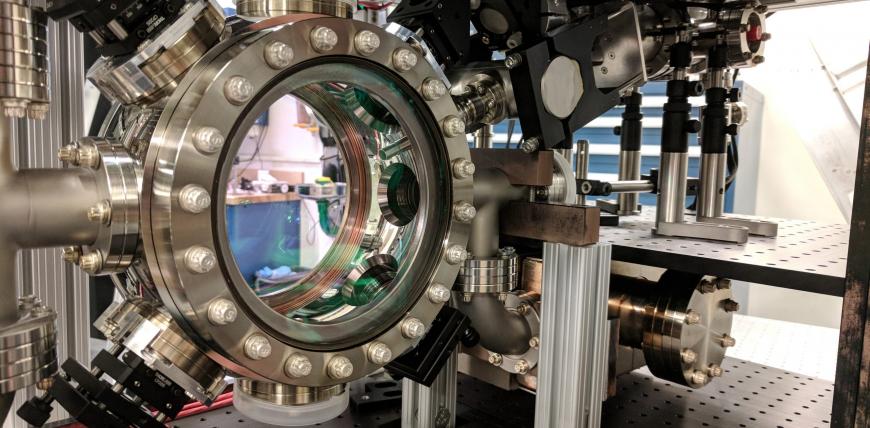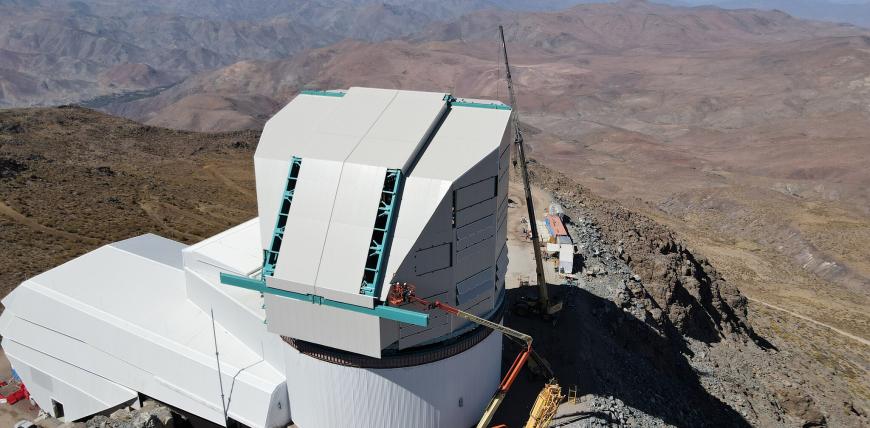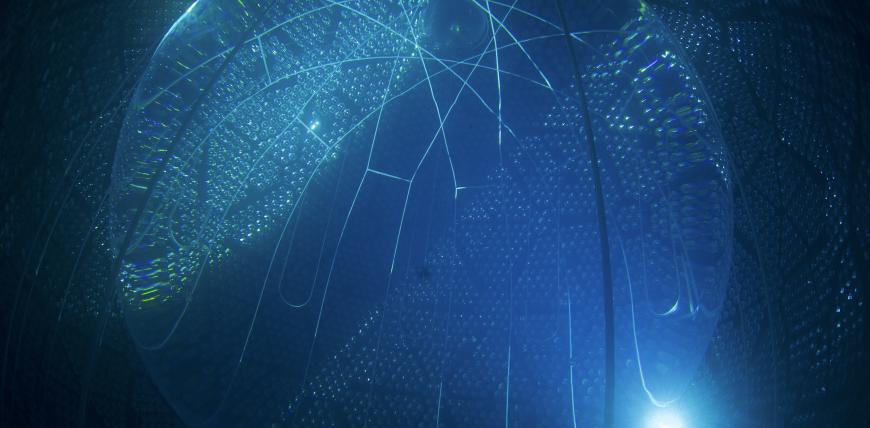

AION/Magis
Atom interferometry to search for ultra light dark matter and gravitational waves.

Applications of Accelerators and Detectors to Cancer Treatment
Seeking new applications of accelerator and detector technologies to improve cancer care and treatment.

ATLAS
ATLAS, the largest collider detector ever built, fully exploiting the discovery potential of the Large Hadron Collider at CERN.

ePIC
ePIC is the Electron Proton/Ion Collider experiment seeking to understand the inner structure of the proton and the force that binds quarks and gluons.

Future Colliders



Mu3e
The Mu3e experiment is a new search for the lepton-flavour violating decay of a positive muon into two positrons and one electron.

OPMD
The Oxford Physics Microstructure Detector (OPMD) laboratory is equipped with state-of-the-art instrumentation to evaluate sensors in the laboratory before and after irradiation as well as to build detector assemblies.

Plasma-Wakefield Accelerator Group
We study beam-driven plasma accelerators and their applications


